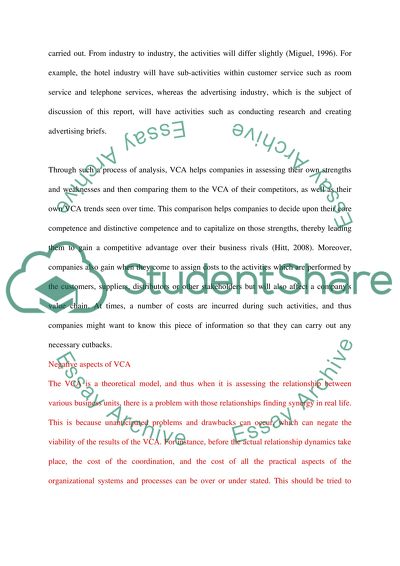Cite this document
(The Effects of Management Model and Value Chain Analysis Coursework, n.d.)
The Effects of Management Model and Value Chain Analysis Coursework. https://studentshare.org/marketing/1564883-markecting
The Effects of Management Model and Value Chain Analysis Coursework. https://studentshare.org/marketing/1564883-markecting
(The Effects of Management Model and Value Chain Analysis Coursework)
The Effects of Management Model and Value Chain Analysis Coursework. https://studentshare.org/marketing/1564883-markecting.
The Effects of Management Model and Value Chain Analysis Coursework. https://studentshare.org/marketing/1564883-markecting.
“The Effects of Management Model and Value Chain Analysis Coursework”. https://studentshare.org/marketing/1564883-markecting.


